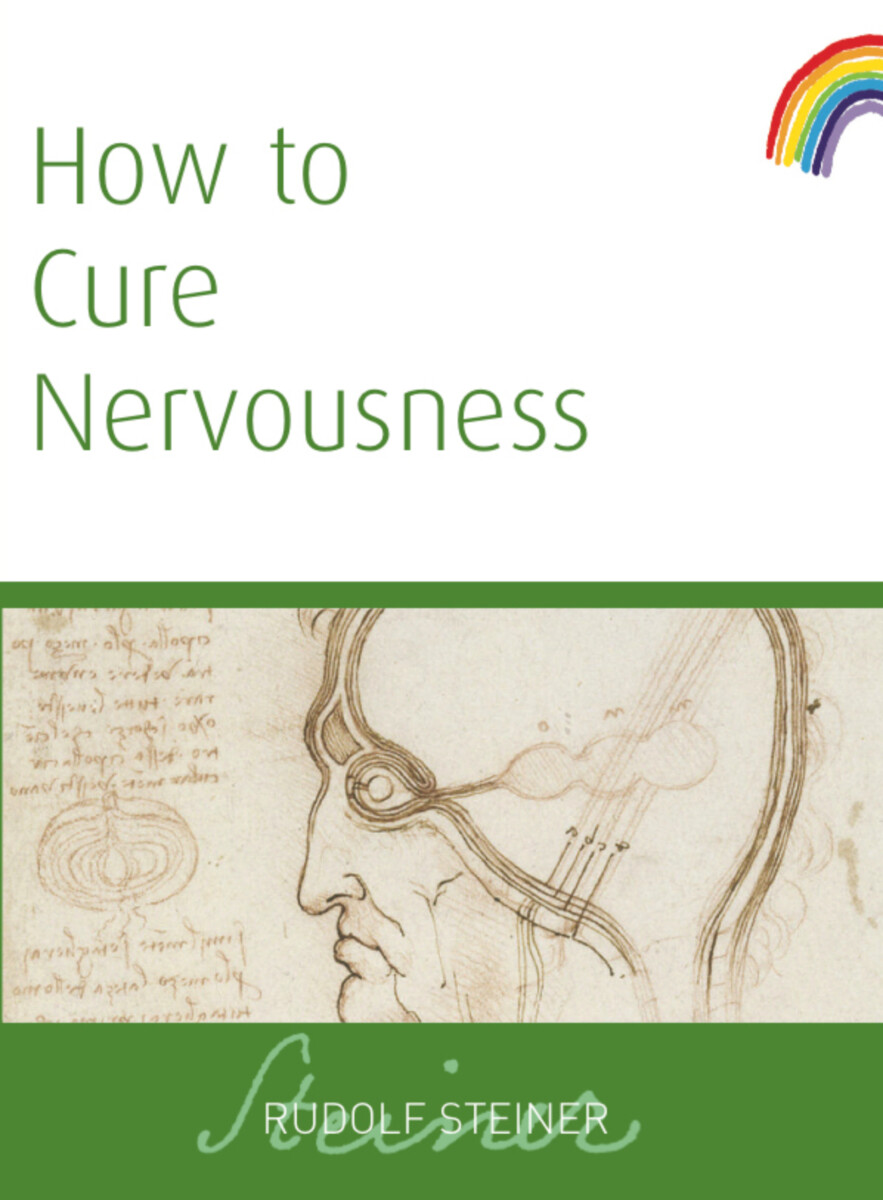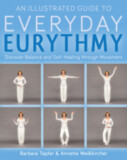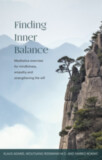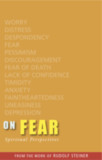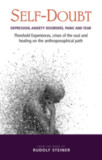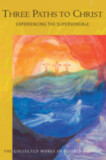How to Cure Nervousness
(CW 143)
Paperback
June 2008
9781855842083
More details
- Publisher
Rudolf Steiner Press - Published
6th June 2008 - ISBN 9781855842083
- Language English
- Pages 40 pp.
$6.00
Audio
June 2009
9781855842212
More details
- Publisher
Rudolf Steiner Press - Published
23rd June 2009 - ISBN 9781855842212
- Language English
- Pages 40 pp.
$10.00
1 lecture, Munich, January 11, 1912 (CW 143)
“It is not always right to send someone to the chemist for some medicine when he's ill. Instead we should organize our lives in a way that renders us less susceptible to illness, or alleviates its impact. Disorders will impinge on us less severely if we strengthen the ego's influence on the astral body, the astral body's influence on the etheric and the etheric on the physical.”
Nervousness, anxiety, and agitation are common symptoms of our increasingly stressed and pressured society. They manifest in ordinary forms and as serious mental and psychological disorders. In this classic lecture, Rudolf Steiner offers practical advice and spiritual insight for those who wish to heal these proliferating ailments of modern life. He describes simple exercises that strengthen the inner self, with the goal of achieving the calm and centeredness needed to lead a purposeful, healthy life.
The audio CD edition—complete and unabridged—is read by the actor and speech teacher Peter Bridgmont, author of Liberation of the Actor.
Rudolf Steiner
Rudolf Steiner (b. Rudolf Joseph Lorenz Steiner, 1861–1925) was born in the small village of Kraljevec, Austro-Hungarian Empire (now in Croatia), where he grew up. As a young man, he lived in Weimar and Berlin, where he became a well-published scientific, literary, and philosophical scholar, known especially for his work with Goethe’s scientific writings. At the beginning of the twentieth century, he began to develop his early philosophical principles into an approach to systematic research into psychological and spiritual phenomena. Formally beginning his spiritual teaching career under the auspices of the Theosophical Society, Steiner came to use the term Anthroposophy (and spiritual science) for his philosophy, spiritual research, and findings. The influence of Steiner’s multifaceted genius has led to innovative and holistic approaches in medicine, various therapies, philosophy, religious renewal, Waldorf education, education for special needs, threefold economics, biodynamic agriculture, Goethean science, architecture, and the arts of drama, speech, and eurythmy. In 1924, Rudolf Steiner founded the General Anthroposophical Society, which today has branches throughout the world. He died in Dornach, Switzerland.


